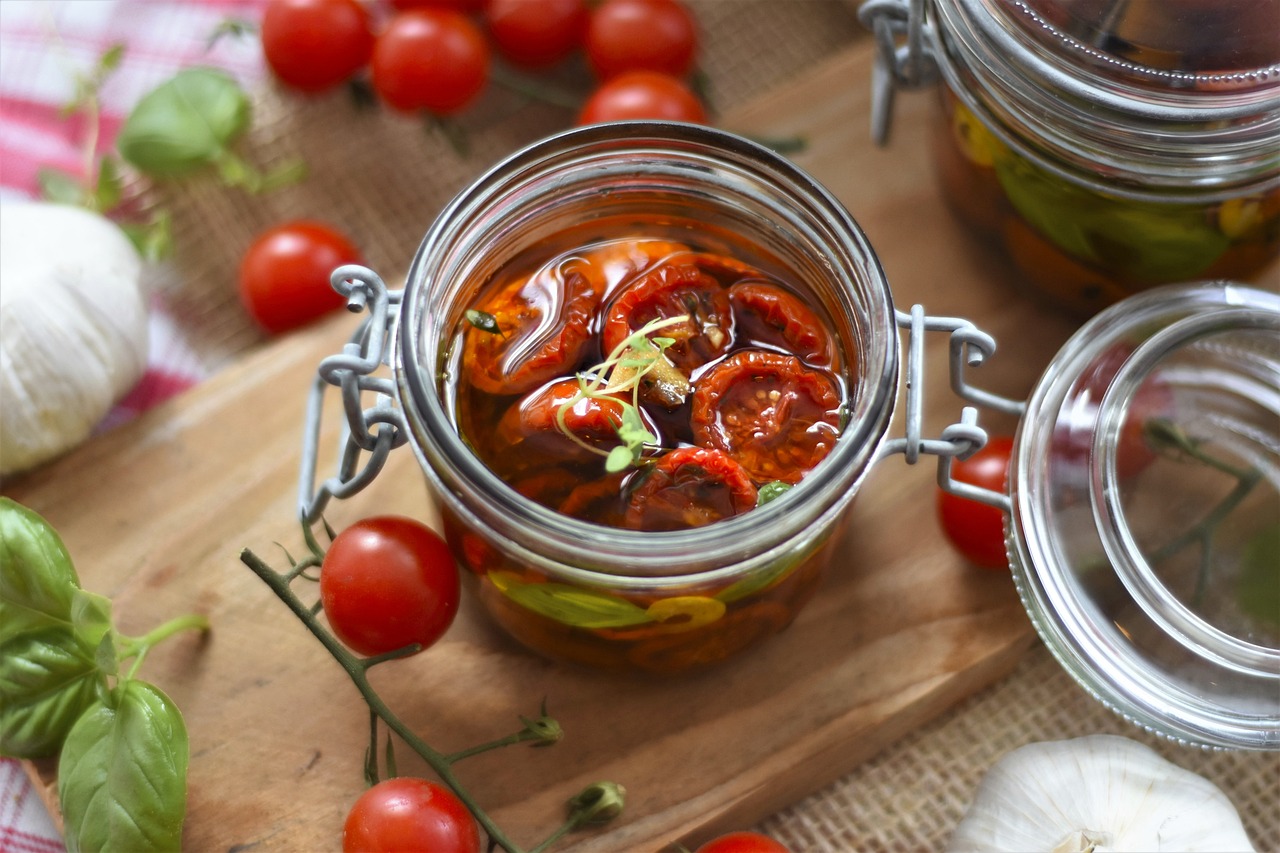Freezing Fish

Try to freeze fish as quickly as possible after catching, as they deteriorate rapidly. Before freezing, prepare fish as for cooking. Fish can be frozen whole, filleted or cut into steaks.
Whole fish should be gutted and cleaned thoroughly. Some authorities recommend freezing whole fish with the scales on for a better flavor. Fillets may be dipped into beaten egg and coated with breadcrumbs if desired, (the frozen fillets of fish are then ready to be cooked later without thawing). Lay individual fish fillets and steaks and whole cleaned fish onto a smooth tray and freeze for approximately 2 hours. Once frozen, remove from tray and pack in a good quality plastic or polythene bag. Remove the air from bag before sealing, as this will help to prevent the fish from drying out and excess ice forming inside the packet. Do not thaw always cook fish from the frozen state.
Cod, Tuna, New Zealand Groper and Australian Mullet are Fatty or Oily Fish
Dip this type of fish into lemon juice and water before freezing. Use 1 large lemon to 1 pint of cold water or 1¼ teaspoons of ascorbic acid powder to 2 pints of cold water. Dipping oily fish before freezing helps to retain the natural flavor.
Shell Fish
Shell fish, cooked or uncooked, should only be frozen if completely fresh. When you are opening shell fish, prevent the grit from falling into contents by washing the shells thoroughly in cold water before opening. To freeze individual oysters, mussels etc., simply force the shells open, letting the liquid and fish fall into ice cube trays or similar divided containers. Add a few drops of lemon juice to each fish to help seal the color. Once frozen, tip cubes into a strong plastic bag, remove the air and seal well. Shell fish will keep in good condition for up to 6 months. Thaw in a refrigerator and serve chilled raw or cook in the usual way.
Crayfish (and Lobster)
Crayfish (and lobster) for special dishes it is desirable to keep the tails whole. Remove cold cooked tails from shells. Dip each tail into a brine solution (2 oz salt to 2 pints water). Spread out each wet tail separately onto a smooth tray. Freeze for 1 hour, then dip in solution again and freeze again. Repeat dipping and freezing process after 20 minutes. Wrap each frozen tail separately in waxed paper. Package as much as you like into a large plastic bag. Remove the air and seal well. If tails are to be re-cooked later, do not thaw, cook from the frozen state, allowing approximately 15-20 minutes extra cooking time. Tails prepared and packaged like this can be kept for up to 3 months. If kept longer they will toughen and dry out.
The Author:
Daphnie is a food lover who has been involved in food industry for 10 years. She learn the easy and simple way cooking style from her mother and grandmother. She prefer to have the home make cooking style instead of outside food.
Photo. Markus Spiske








